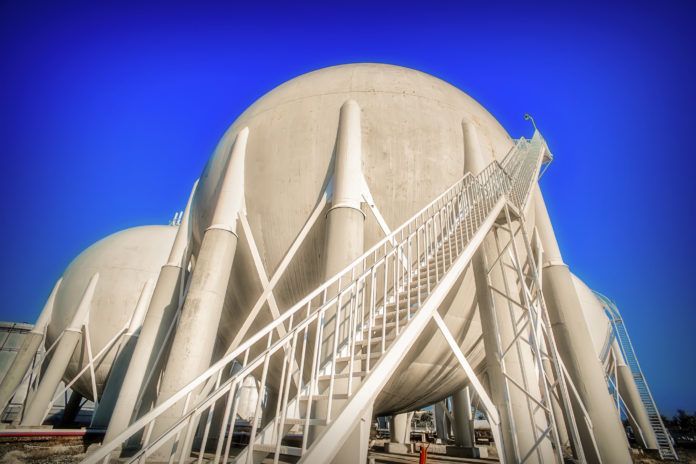Any new LNG investment in Louisiana will likely remain in limbo until at least 2022, says Shane Mullins, vice president of product development for energy markets at Industrial Info Resources in Sugar Land, Texas.
Mullins tells 10/12 Industry Weekly the uncertainty of COVID-19 and the availability of competitively priced natural gas in other parts of the world have turned U.S. LNG exports into a risky proposition.
Financiers of U.S.-based LNG export facilities are requiring the existence of long-term contracts before they’ll dole out any additional money, and those are difficult to come by when natural gas is at rock-bottom prices.
Mullins says conditions won’t likely change until demand increases significantly in China and India—two of the biggest consumers of U.S. natural gas. “Previously, we were looking at shortfalls in the natural gas supply by 2025 … we’re now looking at 2026-27,” he says. “That means any new projects won’t need to be approved until 2022 (it takes about four years to build an LNG facility).”
There’s another potential fly in the ointment. “Qatar is planning to construct $30 billion in new LNG trains, with product hitting the market by that same time frame,” he adds. “If that happens, the Qatar gas could go to India and undercut the U.S.”
Not surprisingly, local LNG owners are throttling back on investment. Seven LNG projects have delayed final investment decisions or altered their plans since March, according to a report from BTU Analytics. Those projects represent about 14 billion cubic feet per day of potential capacity.
Mullins says there have been serious repercussions for several Louisiana projects, most recently Tellurian’s Driftwood LNG near Lake Charles. “We thought Driftwood was going to get closer to an approval this year, because India planned to buy a huge portion of that project,” he says.
Instead, Tellurian is in cost-cutting mode, unveiling plans to cut Driftwood’s Phase 1 by 30% and postponing its proposed Permian Global Access Pipeline, with a capacity of 2 billion cubic feet per day, and Haynesville Global Access Pipeline, with a capacity of 2 billion cubic feet per day.
Tellurian has delayed an FID on the Driftwood facility until 2021, but still hopes that full operations could begin in 2026 or 2027. The LNG facility is expected to produce 27.6 million tons of LNG per year.
Elsewhere, the news is equally troublesome. In March, Shell pulled out of the Lake Charles LNG project, forcing owner Energy Transfer to consider reducing the size of the project and begin looking for long-term contracts on its own; in June, Magnolia LNG sold its Lake Charles development to NYC-based Glenfarne Group; and Cameron LNG’s partners recently postponed the addition of two new trains (4 and 5).
Nonetheless, there are some signs of life. “Venture Global’s Calcasieu Pass LNG is currently under construction and should be completed in 2023,” Mullins says. “They could also move forward with an identical facility in Plaquemines Parish, as all of the permits have been received.” Additionally, Cheniere is building its sixth train at Sabine Pass LNG, representing the only other LNG project currently under construction in Louisiana.



